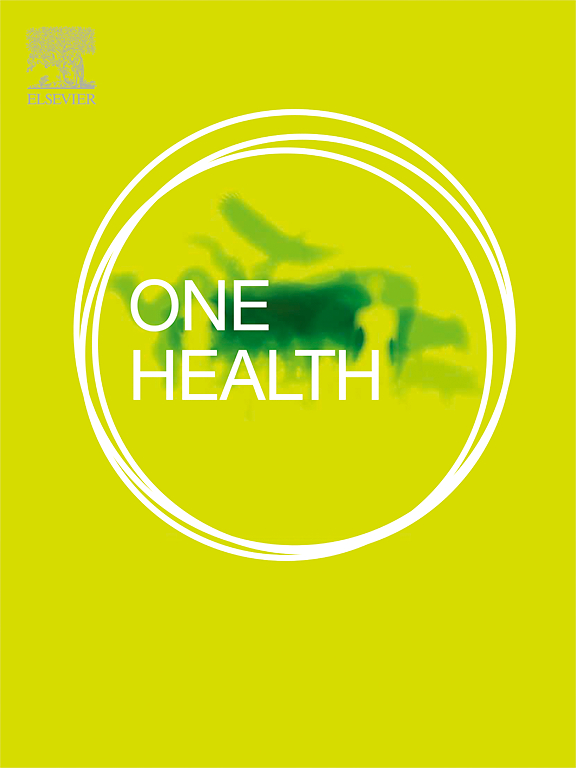Prevalence, antibiotic resistance, resistance and virulence determinants of Campylobacter jejuni in China: A systematic review and meta-analysis
IF 4.1
2区 医学
Q1 INFECTIOUS DISEASES
引用次数: 0
Abstract
Campylobacter jejuni (C. jejuni) is recognized as a serious food contaminant that extensively results in foodborne diseases. Numerous studies have been conducted on the prevalence and antibiotic resistance of C. jejuni, but there is a lack of comprehensive analysis of published data. This study provides a comprehensive overview of the epidemiology, antibiotic resistance, and virulence determinants of C. jejuni in China through a systematic review and meta-analysis. The prevalence levels of C. jejuni from low to high were the humans (5.2 %, 95 % CI: 4.2–6.4 %), foods (12.5 %, 95 % CI: 9.7–15.6 %), animals (15.4 %, 95 % CI: 13.2–17.6 %), and environment (17.8 %, 95 % CI: 9.7–27.7 %), respectively. Furthermore, C. jejuni exhibits high resistance rates to antibiotics such as cefoperazone, nalidixic acid, ciprofloxacin, cefradine, and tetracycline. The overall multi-drug resistance rate (MDR) of C. jejuni was 72.8 % (95 % CI: 62.4–82.2 %), indicating a serious problem with MDR. The resistance of C. jejuni to most antibiotics has increased in the last 20 years. Among the main resistance determinants of C. jejuni, gyrA_T86I and tet(O) had a higher pooled prevalence of 94.8 % (95 % CI: 88.7–99.0 %) and 79.0 % (95 % CI: 66.9–89.2 %), respectively. Furthermore, the high prevalence of virulence-related genes was shown in C. jejuni, such as adhesion (cadF, racR), invasion (ciaB, iamA, ceuE), and toxin (cdtB, cdtC). In summary, C. jejuni has a high prevalence with regional characteristics, and antibiotic resistance of this bacterium especially animal sources remains a serious problem in China. Comprehensive monitoring and control measures for this pathogen are urgently needed to ensure food safety and public health.

求助全文
约1分钟内获得全文
求助全文
来源期刊

One Health
Medicine-Infectious Diseases
CiteScore
8.10
自引率
4.00%
发文量
95
审稿时长
18 weeks
期刊介绍:
One Health - a Gold Open Access journal.
The mission of One Health is to provide a platform for rapid communication of high quality scientific knowledge on inter- and intra-species pathogen transmission, bringing together leading experts in virology, bacteriology, parasitology, mycology, vectors and vector-borne diseases, tropical health, veterinary sciences, pathology, immunology, food safety, mathematical modelling, epidemiology, public health research and emergency preparedness. As a Gold Open Access journal, a fee is payable on acceptance of the paper. Please see the Guide for Authors for more information.
Submissions to the following categories are welcome:
Virology,
Bacteriology,
Parasitology,
Mycology,
Vectors and vector-borne diseases,
Co-infections and co-morbidities,
Disease spatial surveillance,
Modelling,
Tropical Health,
Discovery,
Ecosystem Health,
Public Health.
 求助内容:
求助内容: 应助结果提醒方式:
应助结果提醒方式:


